Introduction
Has it ever happened to you that you are booking a flight, the online platform showcases the price as X at the checkout page, and when payment is being made, price Y (which is more than X) has been charged by the platform to the consumer? Or a Website is asking the user to download their app, again and again? Or no notification is given to the user when free trial of a specific software is converted to paid? Or forcing a user to subscribe to a newsletter in order to purchase a product?
In the world of internet, they are referred as ‘Dark Pattern Practices’.
The first serious thought on Dark Patterns was given by Advertising Standards Council of India (ASCI) by releasing a Discussion Document in November 2022 titled ‘Dark Patterns- The New Threat to Consumer Protection’ to create awareness about dark patterns. One of the alarming aspects of this document is the statistics that “29% of ads processed by ASCI in 2021-22 pertained to disguised ads by influencers, a kind of dark pattern”. Here are the top violator industries:
| Crypto | Personal Care | Fashion | E-commerce | F&B | Services | Mobile Apps | Finance |
|---|---|---|---|---|---|---|---|
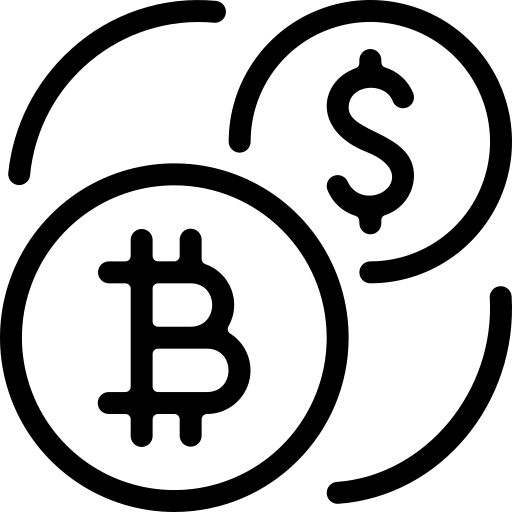 |
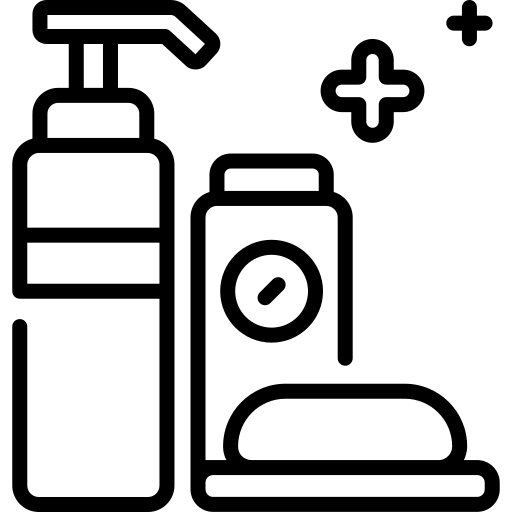 |
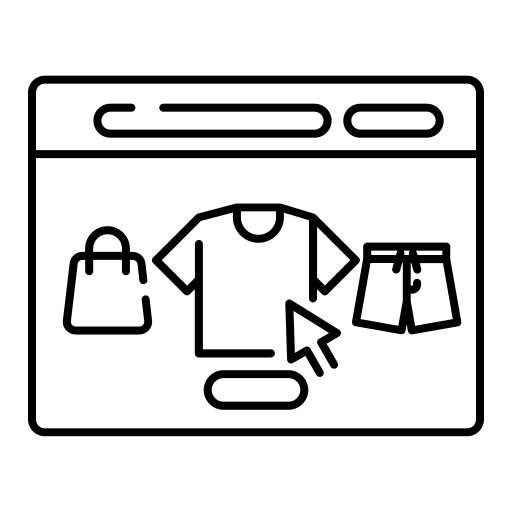 |
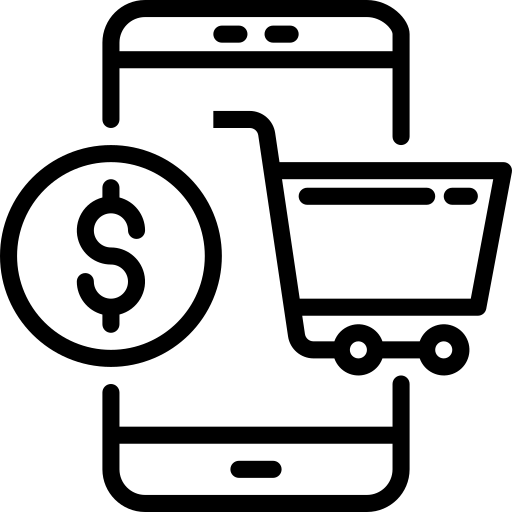 |
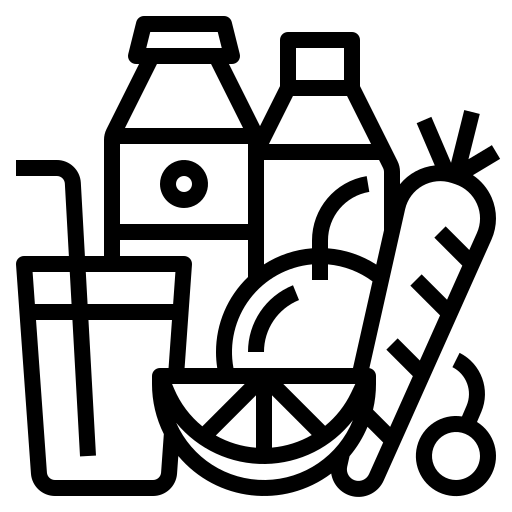 |
 |
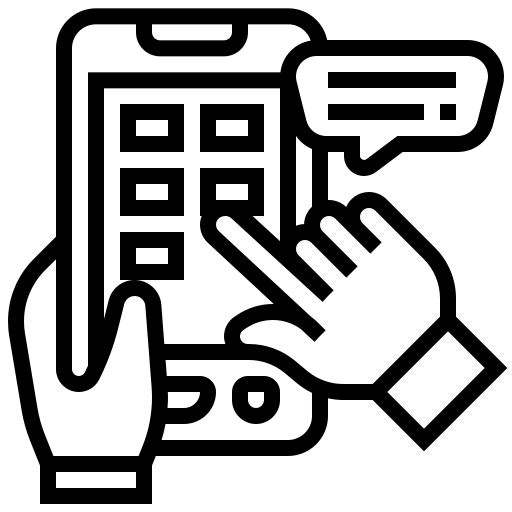 |
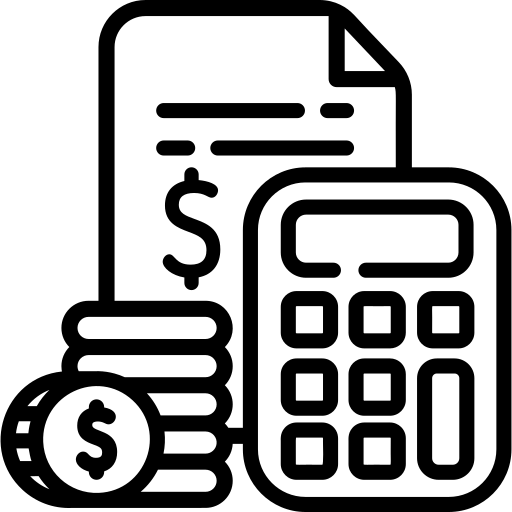 |
| 24.16% | 23.2% | 16.3% | 8.4% | 8% | 3.4% | 2.8% | 2.6% |
On November 30, 2023, the Central Consumer Protection Authority, a regulatory body established under Section 10 of Consumer Protection Act, 2019 to “regulate matters relating to violation of rights of consumers, unfair trade practices and false or misleading advertisements which are prejudicial to the interests of public and consumers and to promote, protect and enforce the rights of consumers as a class” has notified guidelines titled ‘Guidelines for Prevention and Regulation of Dark Patterns, 2023’. These guidelines aim to curb deceptive design practices termed as ‘dark patterns’ across various platforms offering goods or services in India.
Tracing the Evolution of Guidelines
| Timeline | Name of Legislation | Key Pointers |
|---|---|---|
| 2019 | Consumer Protection Act | Section 2(47) provides for definition of ‘Unfair Trade Practices’, but lacks specific mention of dark patterns. |
| 2019 | IRDAI Circular | Prohibited travel portals from automatically adding and selling insurance using pre-checked boxes, which is an example of a dark pattern. |
| 2020 | Consumer Protection (E-Commerce) Rules | Provided that no e-commerce entity shall adopt any unfair trade practice. |
| 2021 | Consumer Protection (Direct Selling) Rules | Holds an entity accountable for any misleading, deceptive or unfair trade practices in direct selling. |
| 2022 | Guidelines for Prevention of Misleading Advertisements and Endorsements for Misleading Advertisements | Tried to address the area of deceptive practices in a piece-meal manner approach, but missed to encompass the full spectrum of dark patterns. |
| 2023 | ASCI’s Guidelines for Online Deceptive Design Patterns in Advertising | Applicable on digital advertising. Specified 04 kinds of dark patterns such as: Drip Pricing, Bait & Switch, False Urgency, and Disguised Ads. |
| 2023 | Guidelines for Prevention and Regulation of Dark Patterns | Current guidelines as notified on November 30, 2023, and as discussed in this article. |
Understanding the Guidelines
- Dark Patterns are defined as any practices or deceptive design pattern using user interface or user experience interactions on any platform that is designed to mislead or trick users to do something they originally did not intend or want to do, by subverting or impairing the consumer autonomy, decision making or choice, amounting to misleading advertisement or unfair trade practice or violation of consumer rights”. This definition forms the crux of the guidelines, encapsulating the essence of practices targeted for prevention and regulation.
- The said guidelines represent a significant development in consumer protection domain, addressing the burgeoning concerns surrounding deceptive design patterns on digital platforms.
- These guidelines prohibit any person, including any platform systematically offering goods or services in India, advertiser and seller from engaging in any dark pattern practices as specified in Annexure- 1 or maybe specified by Central Consumer Protection Authority from time to time.
Definitions taken from other guidelines and rules
| Clause | Term | Definition |
|---|---|---|
| Guidelines for Prevention of Misleading Advertisements and Endorsements for Misleading Advertisements, 2022 | ||
| Clause 2(b) | Advertiser | A person who designs, produces and publishes advertisements either by his own effort or by entrusting it to others in order to promote the sale of his goods, products or services and includes a manufacturer and service provider of such goods, products or services. |
| Consumer Protection (E-Commerce) Rules, 2020 | ||
| Clause 2(f) | Marketplace E-commerce Entity | It is an e-commerce entity which provides an information technology platform on a digital or electronic network to facilitate transactions between buyers and sellers. |
| Clause 2(g) | Platform | It is an online interface in the form of any software including a website or a part thereof and applications including mobile applications. |
| Clause 2(h) | Seller | It is defined as the Product Seller as defined in Section 2(37) of the Act and shall include any service provider. The Act provides that a Product Seller, concerning a product, is someone involved in its import, sale, distribution, leasing, installation, packaging, labelling, marketing, repair, maintenance, or any activity placing the product for commercial use. This includes manufacturers selling the product and service providers. However, it excludes sellers of immovable property, providers of professional services where the product is incidental, and certain financial actors or lessors without adequate opportunity to inspect the product for defects. |
Specified Dark Patterns
Further, Central Consumer Protection Authority has specified (not an exhaustive list) a total of 13 ‘Specified Dark Patterns’ in the Annexure-1 of the guidelines as defined below:
| Dark Pattern Type | Definition |
|---|---|
| False Urgency | This tactic creates a sense of urgency or scarcity to pressure consumers into making a purchase or taking an action. |
| Basket Sneaking | Websites or apps use dark patterns to add additional products or services to the shopping cart without user consent. |
| Confirm Shaming | It involves guilt as a way to make consumers adhere. It criticizes or attack consumers for not conforming to a particular belief or viewpoint. |
| Forced Action | This involves forcing consumers into taking an action they may not want to take, such as signing up for a service in order to access content. |
| Subscription Trap | This tactic makes it easy for consumers to sign up for a service but difficult for them to cancel it, often by hiding the cancellation option or requiring multiple steps. |
| Interface Interference | This tactic involves making it difficult for consumers to take certain actions, such as cancelling a subscription or deleting an account. |
| Bait & Switch | It means the practice of advertising a particular outcome based on the user’s action but deceptively serving an alternate outcome. |
| Drip Pricing | This tactic involves hiding additional costs from consumers until they are already committed to making a purchase. |
| Disguised Advertisement | Disguised ads are advertisements that are designed to look like other types of content, such as news articles or user-generated content. |
| Nagging | It refers to persistent, repetitive and annoyingly constant criticism, complaints, requests for action. |
| Trick Question | It means the deliberate use of confusing or vague language like confusing wording, double negatives, or other similar tricks, in order to misguide or misdirect a user from taking desired action or leading consumer to take a specific response or action. |
| SaaS Billing | It refers to the process of generating and collecting payments from consumers on a recurring basis in a software as a service (SaaS) business model by exploiting positive acquisition loops in recurring subscriptions to get money from users as surreptitiously as possible. |
| Rogue Malwares | It means using a ransomware or scareware to mislead or trick user into believing there is a virus on their computer and aims to convince them to pay for a fake malware removal tool that actually installs malware on their computer. |
Concerns & Suggestion Overlooked During Consultation Process
| Stakeholder | Concern/Suggestion |
|---|---|
| Asia Internet Coalition (AIC) |
|
| Khaitan & Co. and Internet Freedom Foundation (IFF) |
|
| Internet Freedom Foundation (IFF) |
|
Conclusion
This article is an effort by authors to dig deep into the realm of Dark Pattern Practices and legislative provision around it. Further, this work is an effort to explain the evolution, guidelines and lacunas of recently notified guidelines in light of publicly available resources. This article tries to give readers a detailed analysis of pros and cons of Guidelines for Prevention and Regulation of Dark Pattern, 2023, so that reader can devise an independent, comparative and a logical opinion.
Disclaimer
The information provided in this article is intended for general informational purposes only and should not be construed as legal advice. The content of this article is not intended to create and receipt of it does not constitute any relationship. Readers should not act upon this information without seeking professional legal counsel.


